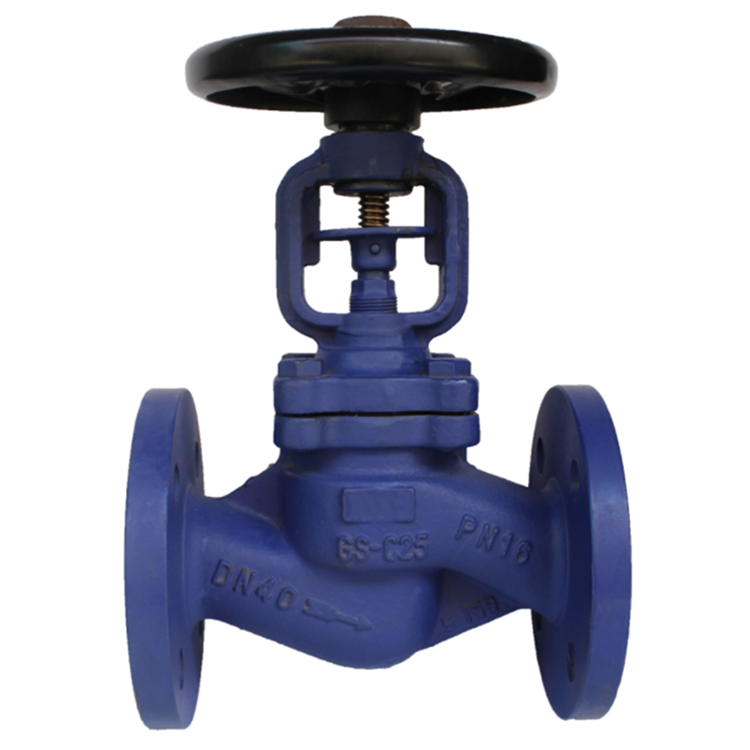water level control valve
Water Level Control Valves An Essential Component for Fluid Management
Water level control valves are crucial devices used in various systems to manage and regulate the flow of water, ensuring that reservoirs, tanks, and other storage units maintain optimal water levels. These valves serve multiple benefits, ranging from efficient water management to protecting against overflow and potential damage to facilities.
Understanding Water Level Control Valves
At its core, a water level control valve is designed to automatically adjust the flow of water based on the current level in a tank or reservoir. There are several types of these valves, including float-operated valves, solenoid valves, and pneumatic valves. Each type operates under different principles but ultimately aims to modulate the water level in a controlled manner.
Float-operated valves are among the most common types. They consist of a float that rises and falls with the water level. When the water reaches a certain height, the float triggers the valve to close, stopping the inflow of water. Conversely, when the water level drops below a predetermined point, the float sinks, reopening the valve to allow water in. This simple yet effective mechanism ensures that tanks do not overflow while preventing the depletion of water.
Applications of Water Level Control Valves
Water level control valves are utilized in a wide range of applications across varying industries. In residential settings, these valves can be found in water tanks and pools, where they help maintain consistent water levels, preventing both wastage and overflow. In agricultural settings, these valves play a vital role in irrigation systems, allowing farmers to control water delivery to crops, thereby ensuring optimal growth conditions.
In industrial contexts, water level control valves are integral to processes that require precise water management, such as cooling systems, wastewater treatment, and chemical manufacturing. For instance, in power plants, maintaining the correct water level in cooling towers is critical for operational efficiency and safety. Here, the valves ensure that the water levels remain stable, thereby preventing overheating and potential shutdowns.
water level control valve

Benefits of Implementing Water Level Control Valves
1. Efficiency By automating the process of water level management, these valves reduce the need for manual monitoring and adjustments, saving both time and labor costs.
2. Prevention of Damage By preventing overflow, water level control valves protect infrastructure from potential damage caused by excessive water accumulation. This is particularly important in environments where spills can lead to costly repairs or safety hazards.
3. Water Conservation Their ability to efficiently manage water intake helps conserve valuable resources, especially in areas prone to water scarcity.
4. Environmental Protection By controlling the discharge of excess water, these valves reduce the risk of flooding and subsequent environmental impacts, preserving local ecosystems.
Conclusion
In an era where water conservation and efficient resource management are of utmost importance, water level control valves have emerged as essential tools. Their ability to automate water flow and maintain desired levels not only enhances efficiency but also safeguards against flooding and resource wastage. As technology continues to advance, the integration of smart control systems with these valves will further improve their functionality, ensuring that water management remains effective and responsive to our evolving needs.
-
Buy WCB Gate Valve: Robust & Reliable Industrial SolutionNewsAug.28,2025
-
3 types of check valves maintenance tipsNewsAug.23,2025
-
Ball valves types with trunnion mounted designNewsAug.23,2025
-
Butterfly valve company production capabilitiesNewsAug.23,2025
-
Fisher globe valve technical specificationsNewsAug.23,2025
-
Types of gaskets for flanges selection guideNewsAug.23,2025
-
Wedge gate valve suppliers quality standardsNewsAug.23,2025




